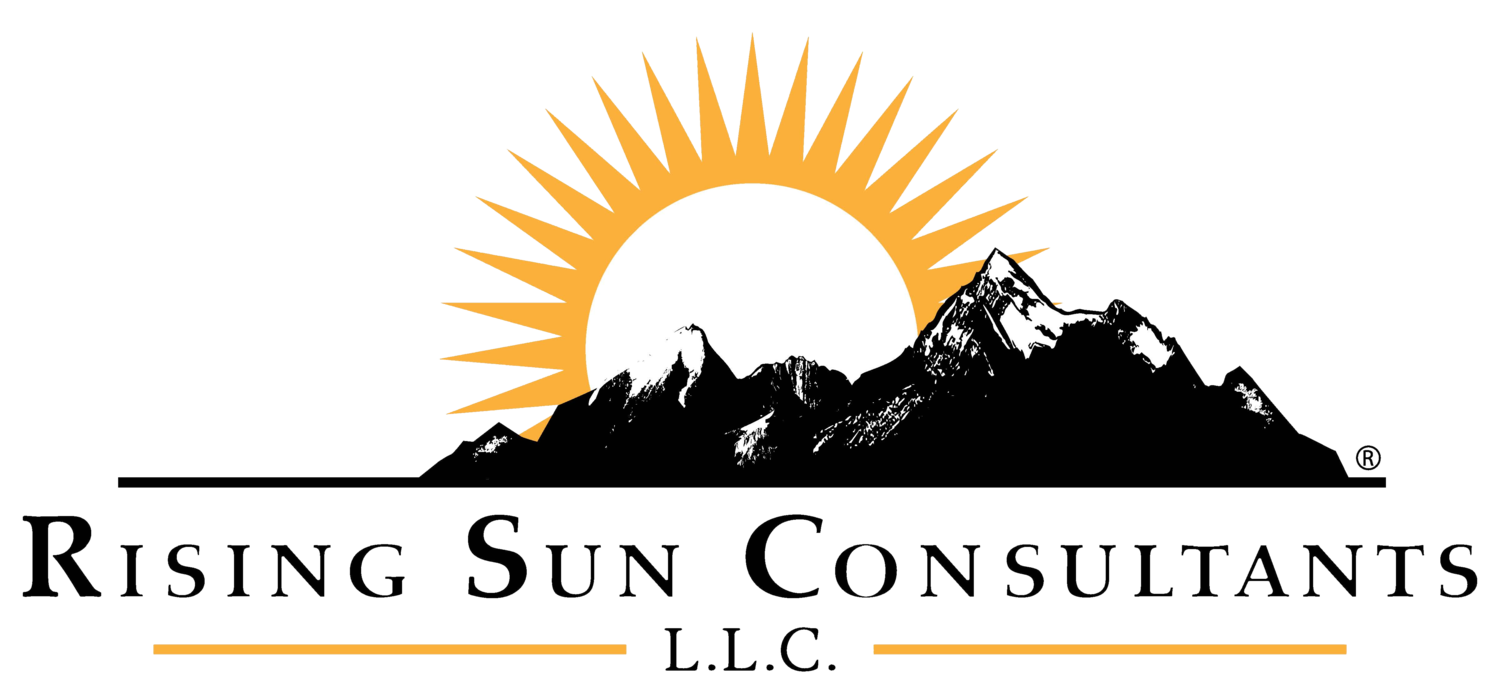RISING SUN CONSULTANTS WEBINAR 4/2/2020 – 2:30 PM
I am intrigued by the impact the Corona Virus will have on our own culture down the road. We can look back on past events from our country’s history, such as 911, WWII, the Great Depression, etc., and trace a cultural shift (the way we look at life) that shaped the generations up to today.
Each generation is shaped by culture and what happened in it. We’re living in a shift in culture right now. On a micro level in organizational culture, the Corona Virus is changing how we’re functioning right now.
“Culture eats strategy for breakfast.”
– Peter Drucker
AFFIRMING AND REAFFIRMING
Affirming and reaffirming means to make something clear and make it publically known. You can say you understand it, know it, and agree with it to the point of being all in. It is offering someone emotional support and encouragement.
We polled leaders and asked what they thought culture was and how it relates to this time of quarantine:
- It is the big picture of all the moving parts and how it affects each other – all of our moving parts are not locking gears right now. There’s a massive cultural impact. Momentum has changed. All of our goals and cultures have changed. Everything has changed.
- Culture is a feeling/vibe/environment/atmosphere we create.
- It’s the difference in how you feel driving into work vs. how you feel getting up and going to your couch for a virtual meeting.
- It is the emotional connection you develop with an organization or group of people. Culture is more than one person. It’s “entirety.”
- It is the collective beliefs and values employees have. It includes what they think about whether good or bad.
There are two concepts we need to address: Values/beliefs and behaviors. It’s hard to separate the two. In your household, you may have a rule that people take their shoes off when entering the house.
Culture is the behavioral norms that are agreed upon. It doesn’t necessarily mean the behavior is formally carried out. People in the house may know what was agreed upon, and they may choose to wear their shoes inside anyway.
You also probably won’t make a sign that says, “Our household’s culture is that people should take their shoes off,” and then post it on the wall. Everyone knows that’s the rule. But whether everyone in the house adheres to that rule is a reflection of your values and beliefs.
In a time like this, where most of us aren’t in our normal working environment, how do we affirm or reaffirm our organization’s culture (set of norms) and maintain the culture?
Talk amongst your team:
- Do we know what our organizational culture is?
- Do we do it on purpose?
- If we know what it is, do we know that our culture matches what we intend it to be? Is it consistent with that?
“Culture is the prevailing mindset of any group or organization. And it is mindset, not policy or training, that determines outcomes. Especially in crisis. Because when we’re in crisis our brain reverts to its oldest, most ingrained process, the “code” that’s running in the background all the time.”
-Entrepreneur
“In crisis it’s culture that really determines brand because culture will determine how you handle the crisis and ultimately how you are perceived and remembered by the public.”
– Entrepreneur
In a time of crisis, do our values change? Hopefully not. Hopefully, we’re reaffirming.
“Less than half of U.S employees (41%) strongly agree that they know what their organization stands for and what makes it different from its competitors.”
– Gallup
“A lack of cultural fit is responsible for up to 68% of new-hire failures at the senior leadership level.”
– HBR
We polled leaders and asked if they knew what their organizational culture was and how they thought it relates to this time of quarantine:
- Connected leaders know what other leaders are going to be concerned about and they can address the same things all together on a virtual call. When culture has been embedded, their hearts will all be aligned even while at home.
- We try to center around why we exist as an organization (in this case, an organization that is caring for older adults.) This virus significantly affects us. The team has rallied and risen up to keep residents safe. They have made personal sacrifices to their family schedule and health. During crisis, you see who you truly are.
- The mission of the organization (in this case, a fire station) is to serve. It is critical: Many organizations are going to face financial struggles because of canceled fundraisers, etc. We’re going to do whatever’s necessary to serve the public. They are all volunteers! And they are showing eternal optimism and a go-get-it attitude. We will keep moving forward.
Those are all cultural based statements. Values-based cultures thrive.
“Just 28% of employees strongly agree that there is alignment between their company’s actions and its stated values.”
– United Minds & KRC Research
How many times have you gone into a company and the culture does not match what they have written?
What are we doing in a time of crisis to maintain the culture we worked so hard to build? If we don’t work hard to maintain, it will revert to something we don’t want. Highly successful cultures don’t happen by accident and won’t stay that way without doing the hard work to maintain their success.
CHICK-FIL-A: “MY PLEASURE.”
Anyone who has been to Chick-fil-a knows their company culture. It’s their pleasure to serve you. They tell you that every time you go. It is something they reaffirm every day so employees don’t forget to say it.
We polled leaders and asked how they were maintaining their organizational culture and how it relates to this time of quarantine:
- We make sure where we work is somewhere we want to be. We’re trying to keep that going while everyone’s home. We’ll keep the positivity and support going. To maintain: I know some employees are fragile. I’ve taken the time to reach out in a caring way to see how they’re holding up, and I’m making them feel better and reassuring them about their job. I have become more of a caretaker (mothering) because that’s what they need right now. We want to make them feel grateful to have this team. Small comments from teammates that make them laugh go a long way.
We polled leaders and asked: What happens when we all go back to the office? It’ll be hard to keep up the communication that we have going on right now. What are you doing right now to reaffirm culture?
- Someone issued a workout challenge to keep in touch and interact. We conduct a regular group chat, and I reach out individually if they haven’t spoken up in the group. We use Zoom meetings whenever needed to talk about how they’re doing/feeling.
- We have a daily call with peers. We find podcasts to share with others and have an open discussion. We enjoy brunch time with teammates and brainstorm about what we’ll do when we open back up. We have a book club. We’re all reading Leadership and Self Deception, by The Harbinger Institute. We’re breaking down the book in 4 parts while coronavirus is here. We talk about what the quote from the book means: “As far as I’m concerned, the problem is me.”
The coronavirus is going to change the world in many ways. It will shape how we see the world and how your team members and customers see the world and your business.
“Endurance is explained in part by the attraction-selection-attrition model first introduced by Benjamin Schneider: People are drawn to organizations with characteristics similar to their own; organizations are more likely to select individuals who seem to “fit in”; and over time those who don’t fit in tend to leave. Thus culture becomes a self-reinforcing social pattern that grows increasingly resistant to change and outside influences.”
– HBR
TO LEARN MORE
- Go to risingsunconsultants.com and head to the Resources tab. Check out The 10 Keys book, 3-Week Conflict Challenge Course, our YouTube Channel, and social media – connect with us!
- Six items that account for the majority of cultural risk: United Minds & KRC Research
- Risk #1: Inadequate Investment in People
- Risk #2: Lack of accountability
- Risk #3: Lack of diversity, equity, and inclusion
- Risk #4: Poor behavior at the top
- Risk #5: High-pressure environments
- Risk #6: Unclear ethical standards
- Let us know what questions you have that we can address for you.

